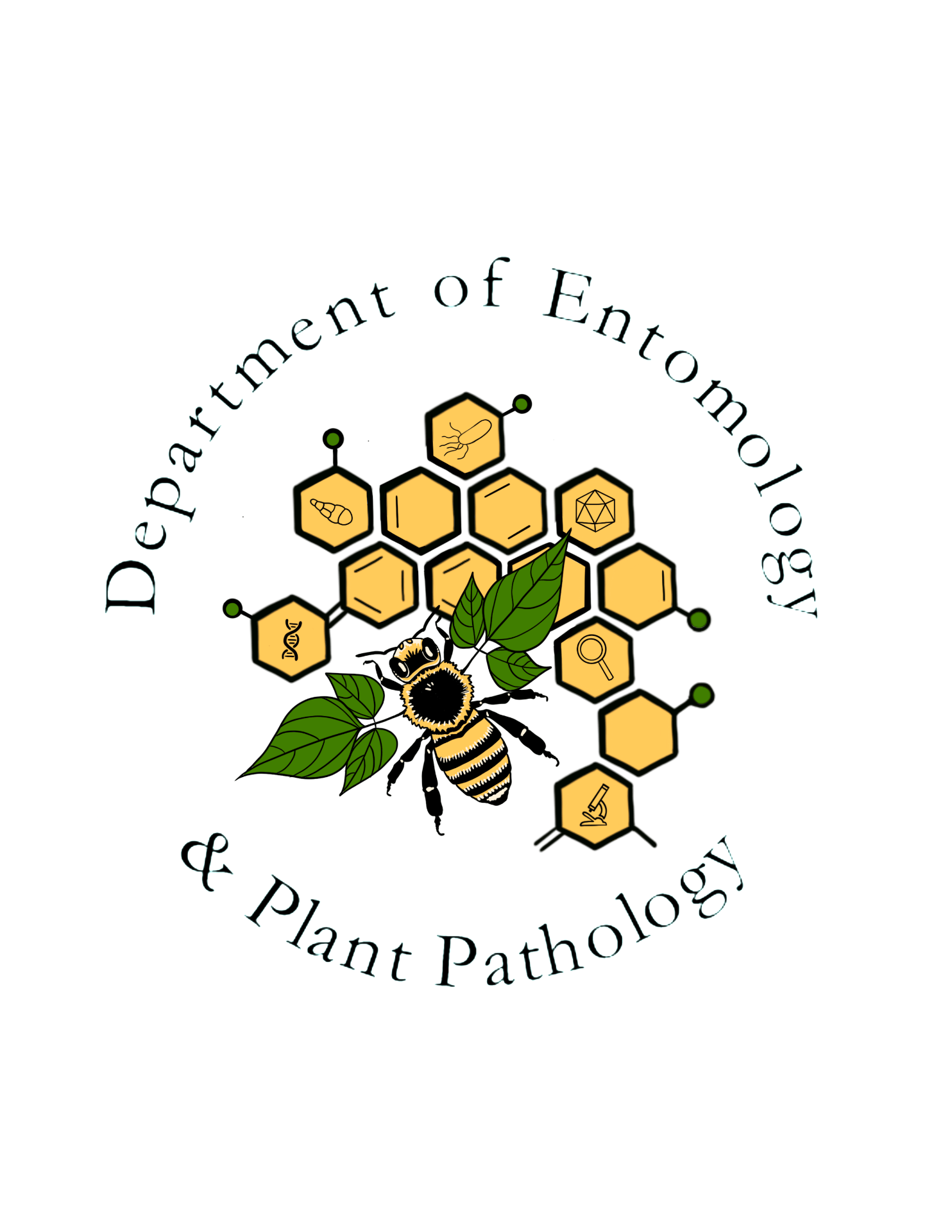Sycamore assassin bug
Order: Hemiptera
Family: Reduviidae
Genus and species: Pselliopus barberi Davis

Assassin bugs of the genus Pselliopus are brightly and conspicuously colored with the thorax and abdomen yellow to orange and the appendages ringed in black and white. Three species are commonly collected in Arkansas: Pselliopus barberi, P. cinctus, and P. latifasciatus. All three are colorfully marked, although P. barberi tends to have a brighter orange background color than the others. Specimens often have prominent white streaks on each side of the scutellum, and white dots on the ourter sides of the abdominal sterna and thoracic pleura. These are actually flocculent secretions. Their origin and function are not known. P. barberi often occurs in woodlands and along woodland borders on various types of vegetation, including trees such as plum, oak, elm, and sycamore. It is a generalist predator of other insects. It has one generation per year and passes the winter in the adult stage under rocks or in loose bark, logs, and leaves, often in large aggregations. Adults have been found in large numbers in curled sycamore leaves and rolls of sycamore bark. Despite the common name, it is not known if this species has a special affinity for sycamore. Adults mate in spring. In summer, mostly nymphal stages are present, but adults have been collected in most spring, summer, and autumn months. Most adults have been collected in September and October. This species occurs from southern Pennsylvania to northern Florida, west to Missouri, Kansas, Oklahoma, and Texas.
